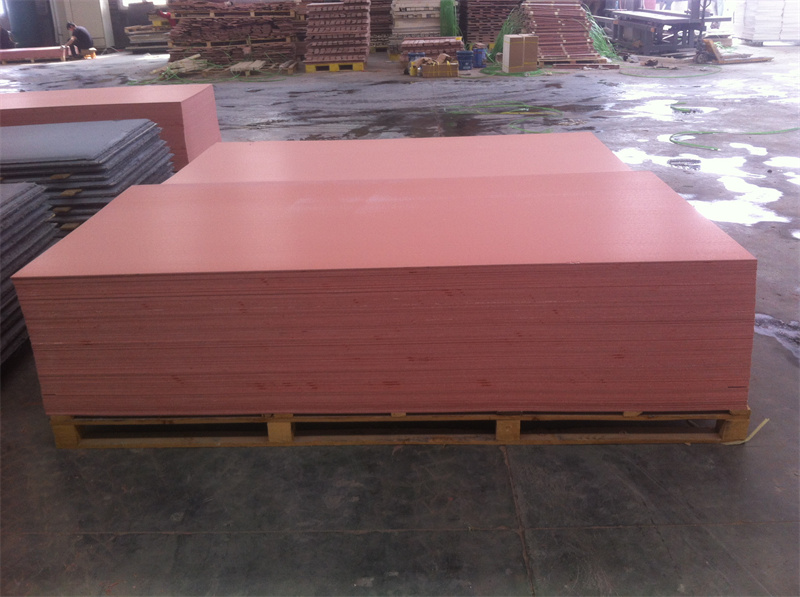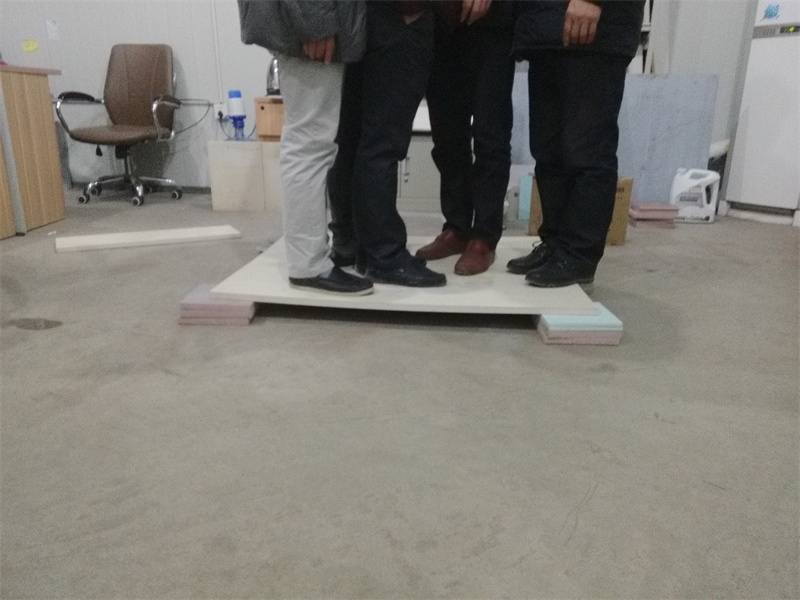MgO board (magnesium oxide board) is a highly versatile and durable construction material. Its strength is a significant advantage compared to other building materials. Let’s delve into the factors that contribute to the strength of MgO board and its performance in various applications.
Composition and Structure
MgO board is composed of magnesium oxide (MgO), magnesium sulfate, and other reinforcing materials such as fiberglass mesh. This combination results in a strong yet lightweight material with excellent structural integrity. Reinforcing materials like fiberglass provide additional tensile strength, making MgO board less prone to cracking and breaking under stress.
Compressive Strength
Compressive strength is an important indicator of a material’s ability to withstand heavy loads without deforming. MgO board typically has a compressive strength of around 15-20 MPa (megapascals), which is comparable to some types of concrete. This high compressive strength makes MgO board suitable for load-bearing applications such as flooring and structural panels.
Flexural Strength
Flexural strength, or the ability to resist bending, is another crucial measure of a material’s durability. MgO board generally exhibits excellent flexural strength, usually ranging from 10-15 MPa. This means it can withstand significant bending forces without breaking, making it ideal for use in walls, ceilings, and partitions where flexibility and resilience are important.
Impact Resistance
MgO board has a high impact resistance, meaning it can absorb and dissipate energy from blows or collisions without sustaining significant damage. This makes it an excellent choice for high-traffic areas and environments where physical wear and tear are common, such as schools, hospitals, and commercial buildings.
Comparison with Other Materials
When compared to other common building materials like gypsum boards, fiber cement boards, and plywood, MgO board often comes out on top in terms of strength and durability. For example:
Gypsum Board: While gypsum board is widely used for interior walls and ceilings, it is not as strong or durable as MgO board. Gypsum board is more prone to moisture damage and has inferior impact resistance.
Fiber Cement Board: Fiber cement board has good strength and durability but tends to be heavier and more brittle than MgO board. MgO board offers a better balance of strength and weight, making it easier to handle and install.
Plywood: Plywood is a versatile material with good strength properties but is susceptible to moisture and fire damage. MgO board provides superior resistance to both, along with comparable structural strength.
Conclusion
MgO board has excellent strength and versatility, making it suitable for a wide range of construction applications. Its high compressive and flexural strength, impact resistance, and durability under various environmental conditions make it a superior choice for both residential and commercial projects. As the demand for sustainable and resilient building materials continues to grow, MgO board is poised to play a crucial role in the future of construction.


Post time: Jun-12-2024

